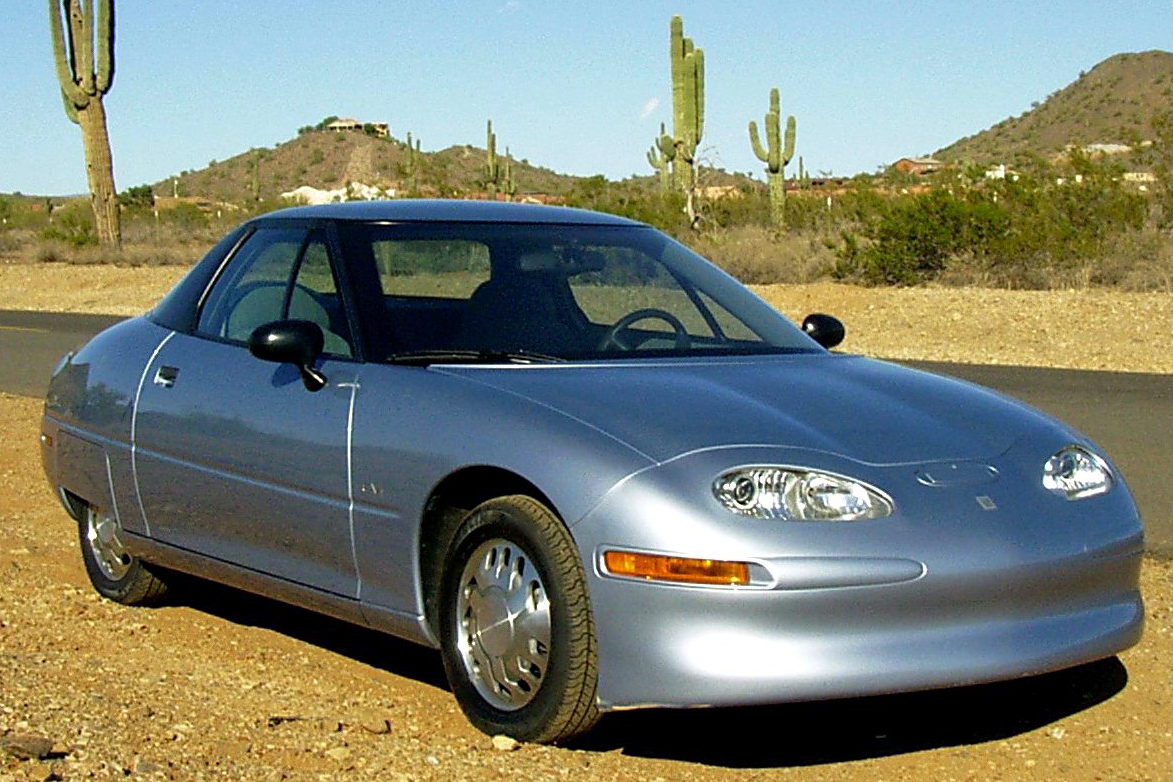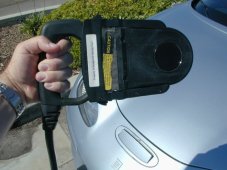The U.S. has passed 2 million PV systems.
Interesting. For reference, Australia, with a population 1/13th that of the USA, has just passed 3 million rooftop solar PV installations.
Grid tied solar PV is way cheaper to install here than in the USA.
Australia reached a milestone of 3 million small-scale solar systems installed on rooftops. That’s more than 1 in 4 houses and many non-residential buildings which have installed solar in Australia.
This milestone highlights that the solar PV sector is going from strength to strength and has recorded 30% growth year on year from 2017 to 2020.
The 3 million small-scale rooftop solar systems would generate approximately 18.9 terawatt hours, 7% of Australia's 265 terawatt hours total annual electricity generation. This represents a substantial increase from just one year ago, where rooftop solar installations contributed approximately 5.5% of Australia’s annual electricity generation.
And Australia’s enthusiasm for solar power shows no sign of slowing anytime soon. We are processing between 8,000 and 10,000 applications every week for small-scale technology certificates associated with solar PV systems.
As to EV charging, the uptake of EVs is going to be relatively slow here to begin with and the demands have been modelled by the CSIRO (our national scientific and research organisation), commissioned by our national electricity market operator (AEMO).
These assessments are built into the bigger picture for the future demand on Australia's grid, the AEMO has this forecast and planning regular report:
Residential and residential EVs
Under the Central outlook, underlying residential consumption is forecast to increase from 57 TWh in 2020-21 to 59 TWh in 2030-31, due primarily to new household connections. Based on BIS Oxford dwelling construction forecasts, the number of household connections is forecast to increase from 9.3 million in 2020-21 to 10.8 million in 2030-31, and on average, each household is currently forecast to consume approximately 6 MWh annually.
Over time, average household consumption is projected to reduce, with energy efficiency improvements in appliances and building design, before starting to rise again following the electrification of heating load, hot water systems and uptake of EVs:
- By 2030-31, EVs are forecast to be cost-competitive with internal combustion engines, and between half a million and four million residentials cars are projected to be electric, depending on scenario. This amounts to between 2% and 12% of additional residential consumption (up to 7 TWh).
So while EV energy consumption will be significant, in relative terms it's not forecast to represent a large part of the total grid consumption over the next 10 years. See the chart below from the report and note the thin slice of total grid consumption EVs represent over the next 10 years. In 10 years from now EVs are expected represent only ~3.5% of grid consumption.

If I were to speculate what this means for electricity prices in Australia, I would suggest that there are far bigger factors in play here than the modest additional demand EVs will represent.
Put another way, the impact of EVs on prices will be lost in the noise.
Electricity retailers (mainly the gentailers) are already offering plans specifically for EV customers, with special off-peak EV charging options.
Home chargers here are going to be part of it and the most common home charger will be 7kW. Those with 3-phase supply may well install 22kW chargers. A basic plug in charger is 2.4kW.
It may well be that EV chargers will be placed onto network controlled loads (similar to hot water) with power made available outside of the morning and evening peak periods. Often these devices have a bypass option where power can be provided on demand but at much higher peak rates.
But for controlled load overnight charging starting at ~11pm, with a typical 7kW charger, by 6am that's up to 49kWh or roughly 300km/185miles of EV range. If you needed more range than that on a given day then you'll probably stop at a fast charging station en route anyway.
But in general most EVs are just going to need a bit of a top up charge.
The average residential vehicle commute here is ~15km (10 miles), so ~30km(20miles)/day being average. That's only going to require ~5kWh/day, or less than 1 hour of charging on a typical home charger or under 2.5 hours with a small plug in charger. That's on average, some individuals of course will be much more, others a lot less.







